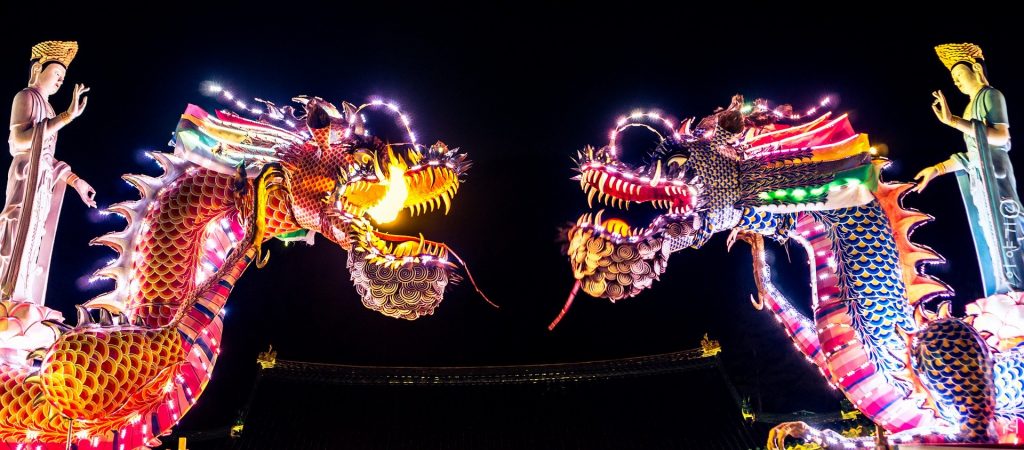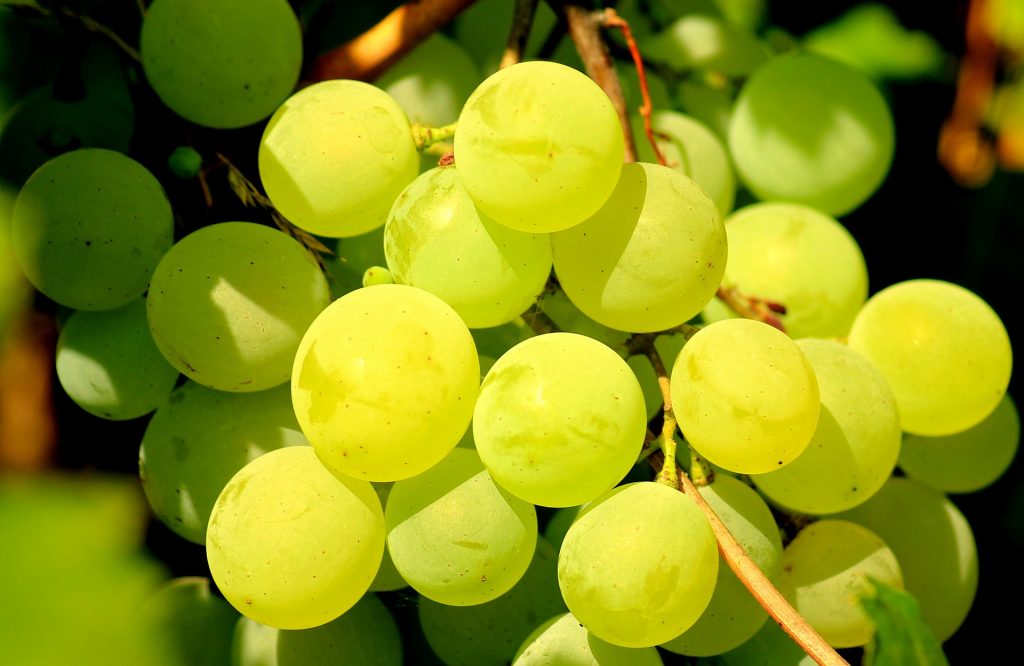Chinese New Year and Other Global Celebrations
Chinese New Year is celebrated at different times across the globe. Whilst most Europeans are used to New Year being celebrated on the 31st of December, other countries and cultures across the globe celebrate at a different time.

This year we are celebrating the Chinese New Year on 25th January. The Chinese New Year is normally celebrated at the end of January or in February (depending on the Chinese calendar) and is a cause for countrywide celebrations. In celebration of the New Year, Chinese people finish their cleaning the day before New Year’s, so as not to sweep out good fortune on the first day of the New Year!
What’s more… the start of a new year brings the year of a new animal. Each different animal signifies different traits for the year and apparently indicates the characteristics of the person born in that year. From Year of The Rat to Year of The Dragon… the Chinese new calendar shows appreciation for the animal kingdom.
Moreover, this appreciation often takes the form of a large fireworks display. Which not only entertains but also apparently wards off bad spirits for the coming year – this upcoming year – the Year of the Rat!
–
TYPICAL NEW YEARS’ CELEBRATIONS ACROSS THE GLOBE

Whilst the Chinese celebrate at a different time from Europe, which might feel peculiar to Europeans, that does not automatically mean that different European countries are exempt from their own strange customs! What do people do in Germany, Spain and Denmark?
–
GERMANY
Conversely, many a German begins the New Year not by pouring drinks but by pouring metal. The tradition of lead pouring, or Bleigießen is an age old tradition in many western countries including England and Germany. Deutsch speaking Germans across the country melt a small amount of lead or tin in a tablespoon. This molten liquid is then poured into a bowl of water. The resulting shapes are used to help to predict the future. So be it molten metal reading or tea leaf reading… this art is a fun way to pay heed to the coming year.
–
SPAIN

Be that as it may, Spain is a country known not only for its’ beautiful scenery, Spanish and siestas but also for its quirky New Year’s traditions.
Unlike most nations, the clock in some Spanish towns and cities does not strike to begin the countdown to the New Year. Instead, clock bells strike at what is known as Quatros or Quarters to initiate the start of a strangely sweet New Year’s tradition.
As the first bell chimes – the citizens of Spain reach for their stockpile of grapes and begin a fervent attempt to eat all 12 before the clock strikes midnight.
This may seem like a strange tradition to some, it makes perfect sense. So, start off the New Year with a sweet treat, specifically 12 grapes. Each of those twelve sweet green grapes are said to represent a month of the coming year.
–
DENMARK

The final and perhaps most fun-filled way to celebrate the New Year comes from Denmark. Denmark is synonymous with beautiful serene canals, delicious Danish biscuits, and Lego. Also, the country also hosts its own unique New Year’s celebration. On the eve of the coming year many people across Denmark take to smashing crockery.
Unused plates are saved from the previous year and on the eve of the 31st December are hurled at the front doors of friends and family! No it’s not vandalism. It’s just the Danish way of showing affection to their loved ones!
Most importantly, you now know of some of the different traditions from across the globe – from grapes to plate smashing – perhaps it’s time to borrow some traditions from our global neighbours for New Year 2021?
Comments
No comments yet